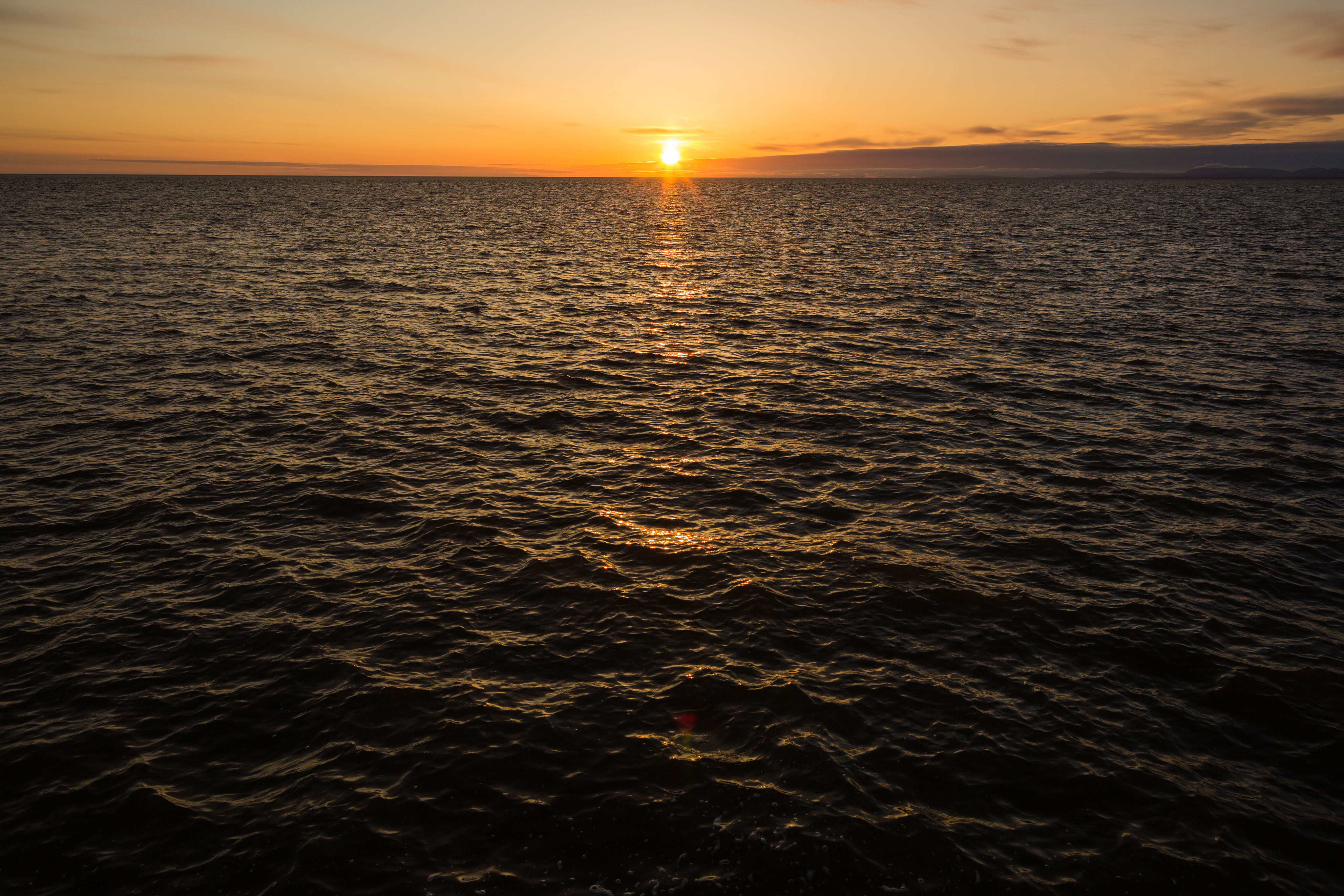Scientists are increasingly confident about predictions of an ice-free Arctic in summer in the 2040s

The Arctic Ocean is expected to be virtually ice-free in late summer in the 2040s, the release of carbon from thawing permafrost is expected to add to climate warming and human activities are likely to have contributed to the increased frequency of wildfires in Alaska’s boreal forests and the decrease in June snow cover at high latitudes, including Alaska.
Those are among the Arctic- and Alaska-specific findings and predictions in a new federal report examining climate-change impacts to the United States.
The Climate Science Special Report was issued in early November as part of a quadrennial National Climate Assessment that examined climate change and impacts on the United States. Thirteen government agencies contributed to the assessment and the report produced from it.
The report gave a general message: Global temperatures are rising and human activity is the dominant cause of that. One chapter is devoted to Alaska and Arctic impacts, and it addresses changes on land, in the water and in the ice.
The 2040s time estimate for a virtually ice-free late-summer Arctic Ocean is not much different from past estimates, said John Walsh of the University of Alaska Fairbanks, a contributing author.
What is different from past reports, Walsh said, is the level of confidence in that prediction.
There is a “very high confidence” of near-total ice-free waters in late summer, according to the report. That translates to a “better than 90 percent likelihood,” said Walsh, who is chief scientist at UAF’s International Arctic Research Center.
There are other area where confidence about climate change and human contributions to it is very high. Loss of glacial ice has been documented over the past five decades and is expected to continue, the report said. “It’s virtually certain that the glaciers have lost mass,” Walsh said.
Human activities, the report says, very likely contributed to the loss of June snow cover, and there is high confidence that thawing permafrost is releasing carbon into the atmosphere that will further warm the climate.
But there is one impact of Alaska and Arctic climate change about which scientists currently have low confidence: the influence of Arctic changes on mid-latitude weather circulation patterns. Such potential impacts deserve future study, the report says. “The influence of arctic changes on U.S. weather of the coming decades remains an open question with the potential for significant impact,” the report says.
While there is a high level of confidence that atmospheric circulation patterns from the midlatitudes bringing warmth to the Arctic and helping melt Arctic sea ice, certainty about influences in the other direction are much lower, Walsh said. There are many other influences on mid-latitude weather and climate, muddying the picture, he said. “It is really hard to pluck out and isolate a contribution from the Arctic,” he said.
The report addresses other subjects, including ocean acidification — which is expected to be more pronounced in waters off Alaska than in most marine waters of the world — and sea-level rise, which is affecting parts of Alaska but is not expected to be as severe as in other places.
It also compares Alaska to other parts of the Arctic. The Chukchi and Beaufort seas, for example, have been losing ice faster than other parts of the Arctic Ocean, the report said.